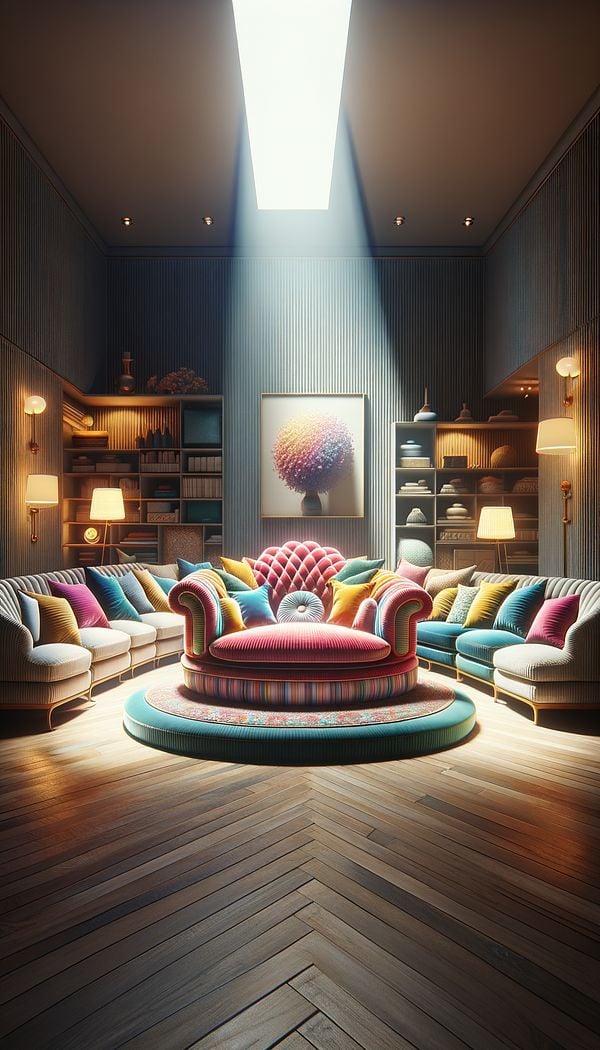What is Hierarchy?
Hierarchy in interior design refers to the deliberate organization of elements in a space to signify their importance.
Description
Hierarchy is a core principle in interior design that helps in creating a visually coherent and balanced space. It organizes the elements in a room according to their level of importance, directing the eye and mind to focal points or areas of emphasis. This deliberate organization is achieved through various means including size, color, texture, and placement.
A well-defined hierarchy aids in guiding the viewer’s attention smoothly from one area to another within a space, ensuring that key features are highlighted while maintaining a sense of unity. It also assists in the functional organization of the space, ensuring that the most important elements are the most prominent and accessible. Establishing hierarchy can also aid in conveying the mood or theme of the space, making it a powerful tool in storytelling through design.
Implementing hierarchy requires a thoughtful consideration of the space’s purpose, the intended user experience, and the overall aesthetic goals of the design. Designers often use contrast and scale to establish hierarchy, making key elements stand out by varying their size, color, or texture in relation to other items in the space. Strategic placement of elements also plays a crucial role, with more significant items often being positioned in focal areas.
Usage
In a living room setting, hierarchy may be established by positioning a large, boldly colored sofa as the focal point, with smaller, more neutral-colored pieces like side tables and chairs arranged around it. Additionally, lighting can be used to highlight key features such as artwork or architectural details, further emphasizing their importance in the design.
FAQs
-
How does hierarchy help in interior design?
Hierarchy helps organize and prioritize elements in a space, guiding the viewer’s attention and creating a balanced, cohesive design. It highlights key features and enhances functionality.
-
Can hierarchy be established through color?
Yes, hierarchy can be established through color by using contrasting or bold colors to draw attention to certain elements, making them stand out against a more neutral background.
-
Is hierarchy only relevant to large spaces?
No, hierarchy is relevant to spaces of all sizes. Even in small spaces, establishing a clear sense of order and priority among elements can enhance both aesthetics and functionality.
Practical Application
To apply hierarchy in your design, start by identifying the key elements or focal points in the space. Consider using size, color, texture, and placement to differentiate these elements from others. Think about the path you want the viewer’s eye to take and arrange elements to guide this journey. Remember, while creating a hierarchy, balance and harmony should not be compromised. Experiment with different contrasts and scale to achieve a visually appealing and functional space.
-
Furniture Types599 articles
-
Lighting111 articles
-
Space Planning & Layout134 articles
-
Decorating Principles & Elements330 articles
-
Color & Patterns154 articles
-
AfghanIn interior design, 'afghan' typically refers to a handcrafted blanket or throw, often knitted or crocheted.
-
ChannelingChanneling is a distinctive decorative technique used in upholstery and furniture design.
-
Platform BedA low-profile bed frame with a solid or slated base designed to support a mattress without the need for a box spring.
-
BurlBurl is a tree growth in which the grain has grown in a deformed manner.
-
KilimKilim refers to a flat tapestry-woven carpet or rug traditionally produced in countries of the former Persian Empire, Eastern Europe, and the Balkans.
